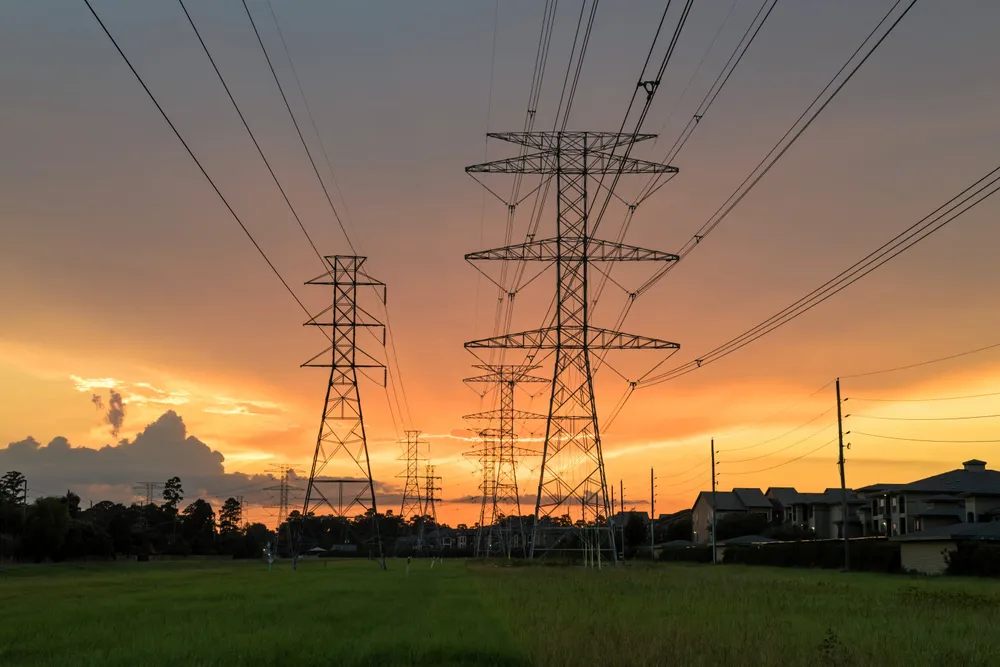US needs additionality criteria on renewable hydrogen because it lacks guardrails to keep grid green: BNEF
The country lacks a federal carbon market and other measures to prevent extra grid emissions if electrons are diverted for H2 production

The country lacks a federal carbon market and other measures to prevent extra grid emissions if electrons are diverted for H2 production
